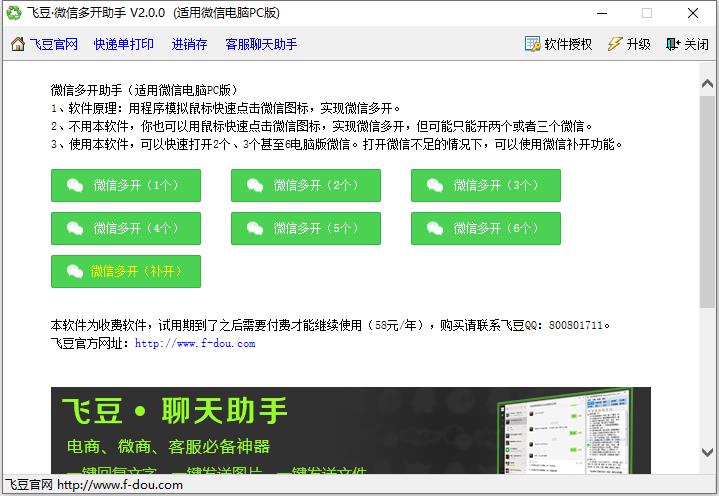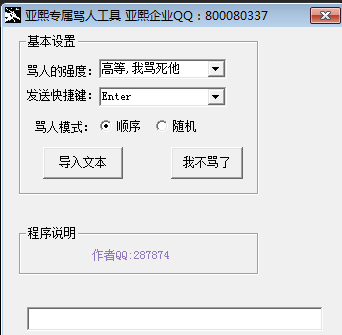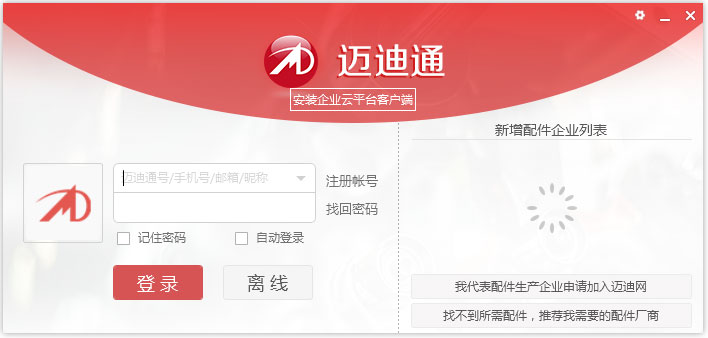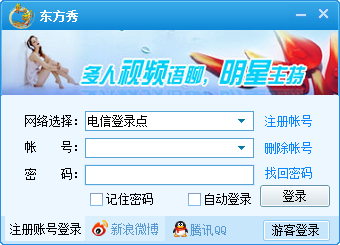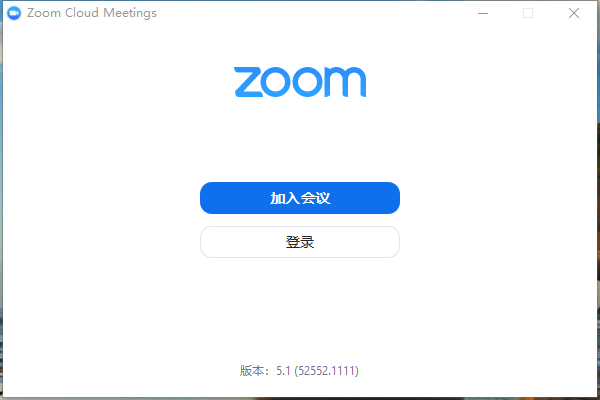python linecache读取行更新如何实现
时间:2023-05-01 20:32
模块的作用是:允许从任何文件里得到任何一行或几行,并且使用缓存进行优化。 linecache.getlines(filename) linecache.getline(filename,lineno) linecache.clearcache() linecache.checkcache(filename) linecache.updatecache(filename) 用法说明 使用linecache.getlines(filename)或linecache.getline(filename)打开文件的内容之后,如果a.txt文件发生了改变,但是如你再次用linecache.getlines或linecache.getline获取的内容,不是文件的最新内容,还是之前的内容,因为缓存没有更新,此时有两种方法: 1、使用linecache.checkcache(filename)来更新文件在硬盘上的缓存,然后在执行linecache.getlines(‘a.txt’)就可以获取到a.txt的最新内容; 2、直接使用linecache.updatecache(filename),即可获取最新的a.txt的最新内容,但此函数读取返回的是全文。 3、直接每次在linecache.getlines或linecache.getline后使用linecache.clearcache()清理缓存。 另:读取文件之后你不需要使用文件的缓存时需要在最后清理一下缓存,使linecache.clearcache()清理缓存,释放缓存。 这个模块是使用内存来缓存你的文件内容,所以需要耗费内存,打开文件的大小和打开速度和你的内存大小有关系。 以上就是python linecache读取行更新如何实现的详细内容,更多请关注Gxl网其它相关文章!有几个API接口
从名为filename的文件中得到全部内容,输出为列表格式,以文件每行为列表中的一个元素,并以linenum-1为元素在列表中的位置存储
从名为filename的文件中得到第lineno行。这个函数从不会抛出一个异常–产生错误时它将返回”(换行符将包含在找到的行里)。
如果文件没有找到,这个函数将会在sys.path搜索。
清除缓存。如果你不再需要先前从getline()中得到的行
检查缓存的有效性。如果在缓存中的文件在硬盘上发生了变化,并且你需要更新版本,使用这个函数。如果省略filename,将检查缓存里的所有条目。
更新文件名为filename的缓存。如果filename文件更新了,使用这个函数可以更新linecache.getlines(filename)返回的列表。# 1、获取a.txt文件的内容>>> a=linecache.getlines('C:/Users/yuan/Desktop/a.txt')['1a
', '2b
', '3c
', '4d
', '5e
', '6f
', '7g
']# 2、获取a.txt文件中第1-4行的内容>>> a=linecache.getlines('C:/Users/yuan/Desktop/a.txt')[0:4]>>> a['1a
', '2b
', '3c
', '4d
']# 3、获取a.txt文件中第4行的内容>>> a=linecache.getline('C:/Users/yuan/Desktop/a.txt',4)>>>> a'4d
'更新行缓存问题
import linecachefor i in range(4): linecache.checkcache('C:/Users/yuan/Desktop/cpucheck.txt') # 更新缓存 # text = linecache.updatecache('C:/Users/liyuan/Desktop/cpucheck.txt', 4) text = linecache.getline('C:/Users/yuan/Desktop/cpucheck.txt', 3) # 读取第三行 print(text)linecache.clearcache() # 清空、释放缓存
